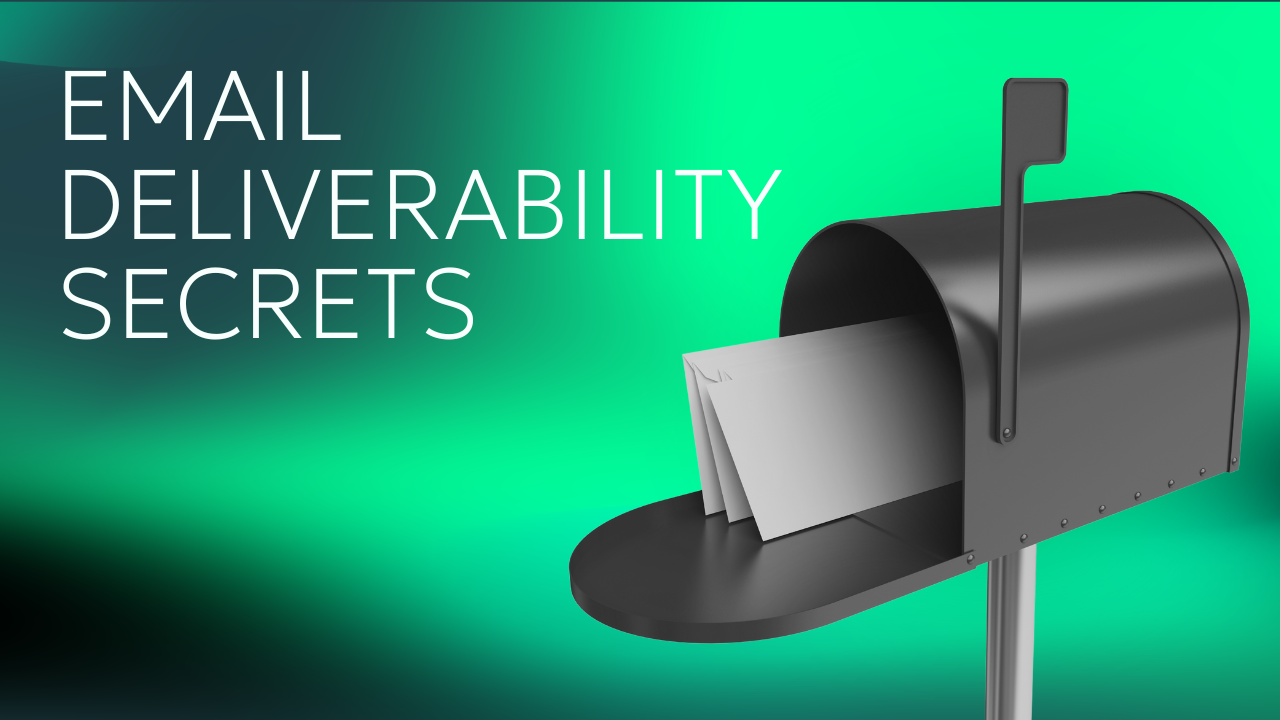No matter what type of content you’re creating—or even how good it is—you need a great promotion strategy in place to attract visitors.
Content is often thought of as one of the cheaper marketing strategies, but it has enormous up-front costs. Blog content that ranks for top keywords can take 10-20 hours to put together. Great newsletters and good YouTube videos can take just as long.
When it comes to getting your content in front of people, a newsletter can play a huge role in amplifying your efforts.
There are two main idea about how to do this:
- Use your newsletter to promote other content
- Use other content promotion strategies to get people to your newsletter.
We’ll dive into both!
Use Your Newsletter to Promote Other Content
While newsletter strategies come in different shapes, many outlets use them as a way to share their other content.
This strategy works incredibly well for people who don’t want their newsletter to be a self-contained business. This coud be:
- You have a podcast, YouTube channel, or other medium where you monetize traffic with ads.
- You have a successful business with your own products or services and your newsletter is just another source of traffic.
Newsletters to Share Blog Content
This is the most “traditional” way to run a newsletter. You write great content on your blog and then send out an email that teases your new content. Your subscribers click through and you’ve got traffic!
Here’s an example from Growth in Reverse, where Chenell usually shares links to her content about how other newsletter creators get subscribers:
Now, Chenell occasionally runs ads in her newsletter, but her website is where she offers affiliate products, an online mastermind community, and other courses. She’ll sometimes sell these directly in her newsletter, but generally lets her website do that for her.
Newsletters to Promote Podcasts/Videos
A great example of this is the Enjoy Basketball newsletter. They’ve grown to over 50k subscribers and have partnerships with top brands—including the NBA itself. They sell merchandising and also have sponsorships inside their newsletter.
In addition, they have a YouTube channel where they post episodes of their Numbers On The Board podcast. These video podcasts routinely generate over 100k viewers.
Here’s how they promote it in their podcast:
How to Use Other Content to Promote Your Newsletter
For many creators, the business is the newsletter. If other content is being created online, it’s with the sole purpose of getting people to their business hub.
This works well for creators who:
- Primarily sell products through newsletters
- Earn through sponsorships
- Have a paid version of their newsletter
Using Social Media to Promote Your Newsletter
A ton of newsletter creators got their start by posting frequently on LinkedIn or X. Once they get a large enough following, they create a newsletter and try to get their audience to opt-in.
Then, they keep posting on those platforms with an emphasis on getting people to subscribe to their newsletter.
For example, Matt Gray’s newsletter goes out to over 170k people. He posts on LinkedIn consistently and has a clickable link that syas “View my newsletter.”
Consistently posting ideas that draw engagement from working professionals is a great way to build up an audience over time.
LinkedIn does have a feature allowing you to run a newsletter, but that’s better off used as a complement to your regular newsletter powered by an email marketing platform.
Or, think about Facebook. You can start a Facebook Group about your topic and begin posting links to your newsletter.
This could be something as simple as taking a small blurb from it with a link to read the whole thing (the link is really to your landing page to gather an opt-in).
You can leverage your existing newsletter audience to seed your audience on Facebook, and then it’ll begin to grow organically. If you’re running ads on Facebook to promote your newsletter, you’ll definitely get more people joining your group because of the visibility.
Using SEO to Promote Your Newsletter
We mentioned before how a newsletter can send traffic to your site, but the reverse is also true.
In fact, few things convert as well as a website, and those types of visitors are often the most engaged. They sought out yoru website. They liked what you had to say, so they joined your list. That’s a great lead.
And unlike paid advertising, generating subscribers through SEO purposes doesn’t shut off unless you take it down.
Take Backlinko for example, the information website run by SEO expert Brian Dean. According to the SEO tool AHREFS, Backlinko generates over 1 million organic visitors per month. Total visitors are likely 2-3 times that number.
At the very top of the homepage, you’ll find this:
His website is driven by a tremendous amount of SEO traffic, and his main goal there is to convert people to his list so they get his newsletter!
Paid Native Ads
While most forms of advertising aren’t really considered content promotion, a native ad is the closest thing. A native ad looks like it’s supposed to be part of the page that it’s on, but in reality you’ve paid for that spot.
It’s a great way to get more eyes on your newsletter (or other content you decide). Here’s an example of how that looks in the mega-newsletter 1440:
The top section is actual content for their newsletter. The second section is for a sponsor. It looks slightly different, but someone scrolling through the newsletter might think it’s another content section.
While their link goes straight to a sales page, you can use ads like this to send people to your newsletter landing page or a high-converting piece of content on your website.
Content Promotion for Multiple Newsletters
Many creators with a successful newsletter often start a second one, and sometimes a third. In fact, some media companies have dozens of newsletters. Here’s Forbes’s page showcasing their newsletters:
And that’s just the beginning—if you scroll down, they have more than 30 newsletters!
Many of them are in similar niches, meaning that there are natural ways to cross-promote these newsletters.
Running that many newsletters turns into a massive ordeal, likely with several employees working full-time on it. Plus, you need the right tools, like Letterhead.
Letterhead was designed for the multi-newsletter operator, with the ability to advertisers or content sections to different newsletters. Plus, our all-in-one dashboard puts others to shame. Let’s talk more about how we can help you grow newsletter business into an empire.


